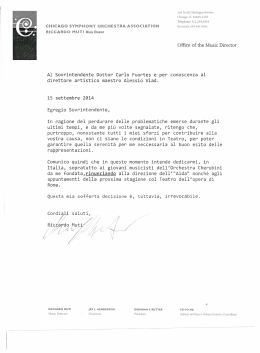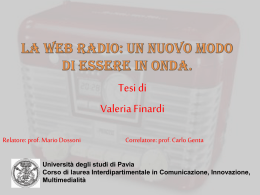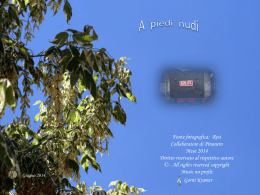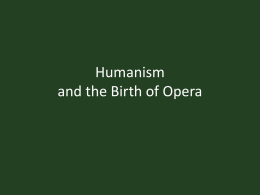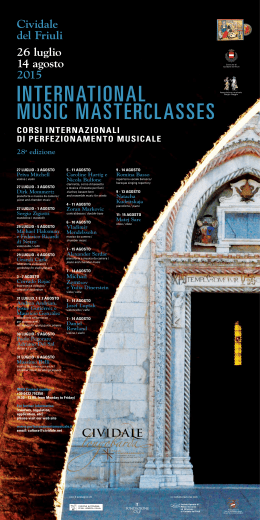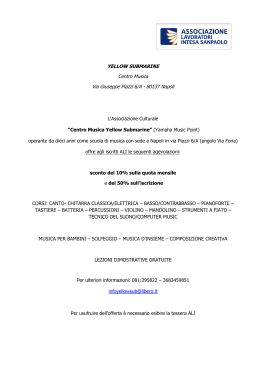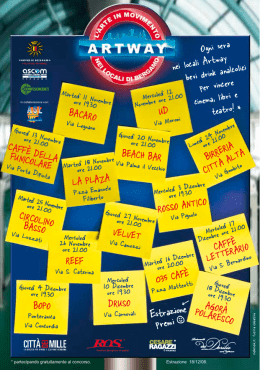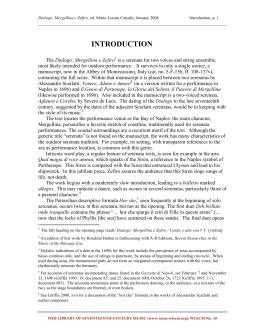Anonymous (Joannes Amigonus?), 3 Sinfonie per Violino solo (I-Bc, Q.34), ed. F. Piperno, 2015 INTRODUCTION The Composer and the Music The manuscript Q.34, Spartitura generale, et particolare […] Joannes Amigonus Mantuanus scribebat Romae Anno Domini 1613, is housed in the Museo internazionale e biblioteca della musica di Bologna and contains some of the earliest known sinfonias or sonatas for solo violin and basso continuo. Very little is known about the scribe of the manuscript. 1 Probably born in Mantua (cf. “Mantuanus” on the title page of the manuscript) Joannes Amigonus (or Giovanni Amigone) became a member c. 1610 of the cappella of the church of Santo Spirito in Sassia, close to St Peter’s, in Rome. During his stay in the papal city he probably earned his living both as a singer and as a copyist of music. Some time after 1613—the year of his compiling Q.34—Amigonus returned to Mantua, where he is listed on the payrolls of the Gonzaga court, receiving a high salary in 1622 as a bass singer. The manuscript Q.34 with its highly varied contents of vocal and instrumental music and music theory can be characterized as a book of miscellanea, and perhaps served as a music teacher’s manual. Its contents include a mass, motets, Italian and French secular pieces, psalm tone formulas, instrumental pieces, canons, rules for playing the Spanish guitar, and a theoretical treatise entitled “Regole di Prattica Musicale". Among the composers who are represented in the manuscript we find Agazzari, Arcadelt, Josquin Desprez, Orlando di Lasso, Palestrina and Cipriano de Rore.2 The three short sinfonias are found on fols. 67v–70r with the common title Sinfonie per Violino solo. They bear no composer’s name; it could be that he was unknown to the compiler of the manuscript, or the sinfonias could be compositions by Amigonus himself. 3 1. The few facts about the life of Joannes Amigonus presented in this introduction can be found in Graham Dixon’s article “Giovanni Amigone, un cantore lombardo del Seicento et il suo metodo didattico”, Seicento inesplorato. L’evento musicale tra prassi e stile: un modello di interdipendenza. Atti del III Convegno internazionale sulla musica lombardo-padana nel secolo XVII. Lenno-Como, 23-25 giugno 1989. A cura di A. Colzani, A. Luppi, M. Padoan (Como: Amicae Musicae Italicae Studiosi, 1993), 320–38; we are most grateful to Dr. Graham Dixon for having brought this manuscript to our attention. 2. For detailed descriptions of the contents of the manuscript, see the online version, Gaspari on-line, of Gaetano Gaspari, Catalogo della Biblioteca del Liceo Musicale di Bologna, ristampa anastatica con correzioni integrative a cura di Napoleone Fanti, Oscar Mischiati e Luigi Ferdinando Tagliavini, vol. iii (Bologna: Forni, 1970): http://www.bibliotecamusica.it/cmbm/scripts/gaspari/scheda.asp?id=6939 (accessed 5 December 2014); Census-Catalogue of Manuscript Sources of Polyphonic Music, 1400-1550. Compiled by the University of Illinois Musicological Archives for Renaissance Manuscript Studies. 5 vols. (Neuhausen-Stuttgart: American Institute of Musicology/Hänssler Verlag, 1979–88) vol. 4, 281, and Digital Image Archive of Medieval Music (DIAMM) online: http://www.diamm.ac.uk/jsp/Descriptions?op=SOURCE&sourceKey=2826 (accessed 9 December 2014). 3. The sinfonias nos. 1 and 3 have been included as antiphon substitutes by Graham Dixon in his reconstruction of Monteverdi’s Vespers of 1610 and can be heard on the Hyperion recording, CDD22028, of Monteverdi: Second Vesper for the Feast of Santa Barbara, The Sixteen Choir and Orchestra with Harry Christophers, conductor. See also Graham Dixon, “Monteverdi's Vespers of 1610: 'Della Beata Vergine'?”, Early Music, 15, no. 3 (Aug. 1987), 386–9. WEB LIBRARY OF SEVENTEENTH-CENTURY MUSIC (www.sscm-wlscm.org) Monuments of Seventeenth-Century Music Vol. 2.9–11
Scarica
